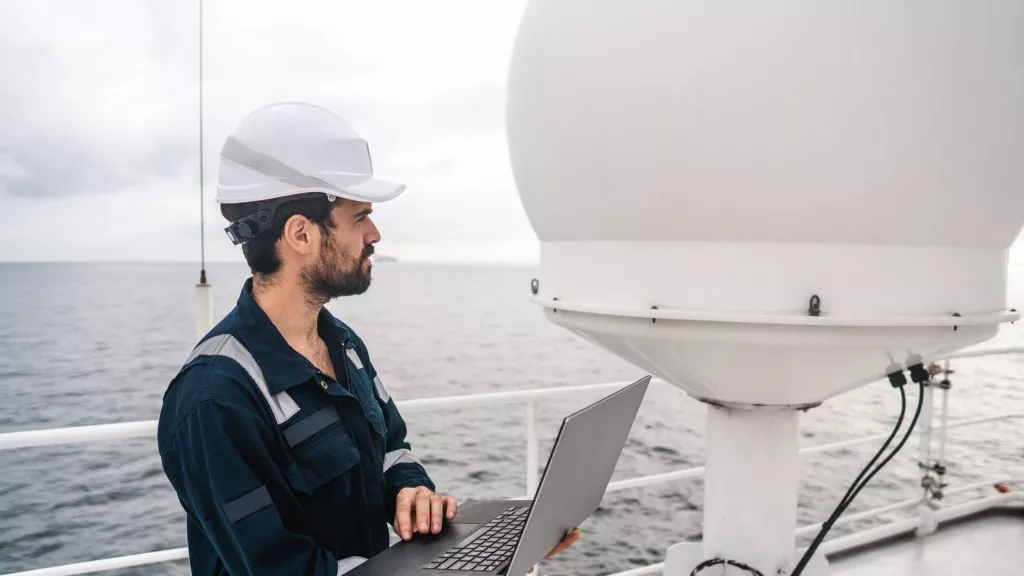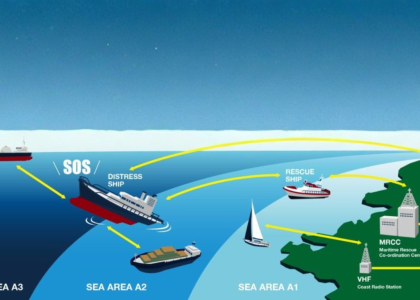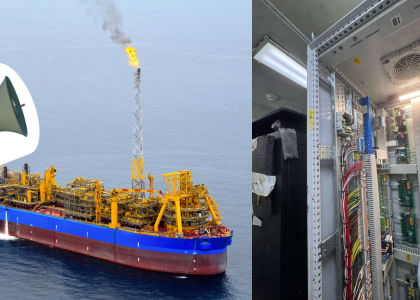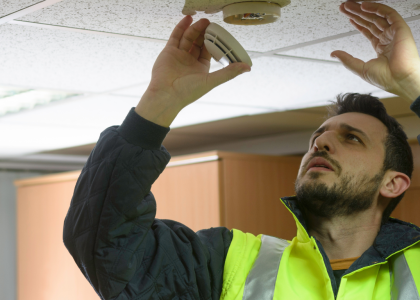The installation of VSAT systems in the oil and gas industry marks a pivotal step towards enhancing communication and operational efficiency, particularly in remote and demanding environments.
Successfully implementing VSAT systems requires meticulous planning, technical expertise, and adherence to industry standards. In this guide, we will walk you through the key steps involved in installing VSAT systems for the oil and gas sector.
Site Assessment and Planning
Before embarking on the installation process, a thorough site assessment is essential. This assessment includes evaluating the geographical location, terrain, potential obstructions, and environmental conditions that might affect signal reception and equipment placement. It’s crucial to select a suitable location for the dish antenna and ground station to ensure optimal connectivity.
Equipment Selection
Choose VSAT equipment that aligns with the specific requirements of your oil and gas operations. Factors to consider include data transfer rates, equipment reliability, environmental durability, and compatibility with the satellite network provider.
Network Design
Develop a comprehensive network design that outlines the integration of VSAT systems into your existing communication infrastructure. This includes defining the connectivity between onshore and offshore facilities, as well as establishing connections with remote drilling platforms and production sites.

Regulatory Compliance
Ensure that your installation adheres to relevant regulations and licensing requirements for satellite communication in your region. This might involve obtaining permits from local regulatory bodies and satellite communication authorities.
Infrastructure Preparation
Prepare the necessary infrastructure for the VSAT system, including mounting structures for the dish antenna, power supply systems, and climate-controlled enclosures to protect sensitive equipment from harsh weather conditions.
Cabling and Connectivity
Lay out the cabling required to connect the dish antenna, modem, and other network components. Ensure that the cables are properly shielded and routed to prevent signal interference and damage.
Equipment Installation
Install the dish antenna and ground station equipment according to the manufacturer’s specifications. Calibrate the dish antenna to align with the target satellite and optimize signal strength.
Get the Right Team
In addition to the above steps, there is also testing and optimization, security and cybersecurity measures, training and documentation and continuous monitoring and maintenance.
Choose Vivo Asia to take care of the entire installation and handover process! With over 10 years of industry experience, our team is well versed in industry compliances and streamlining the installation process. Contact us today to discuss your requirements.










